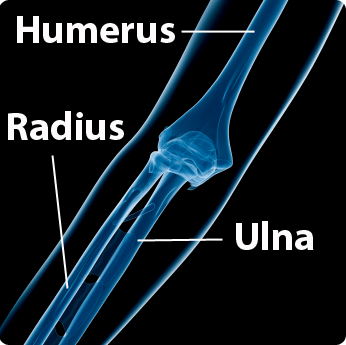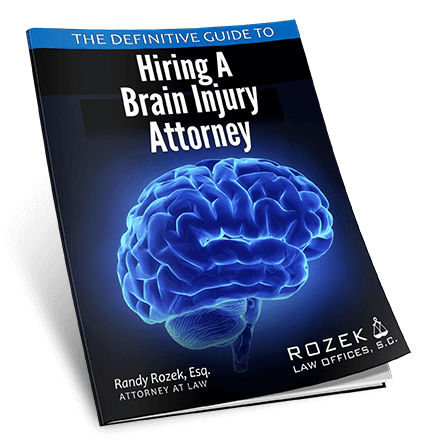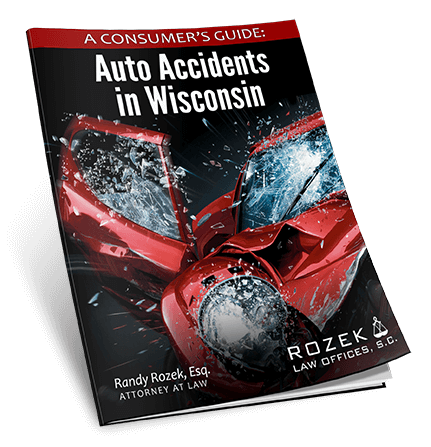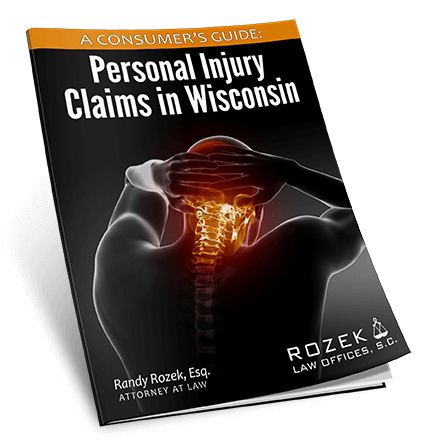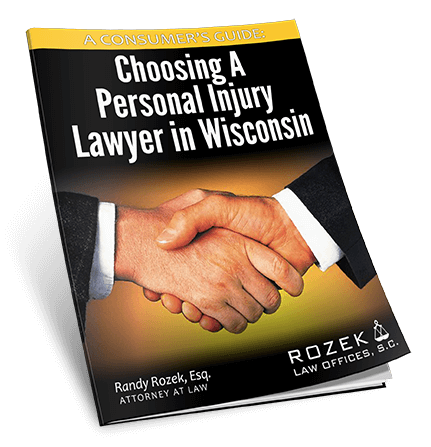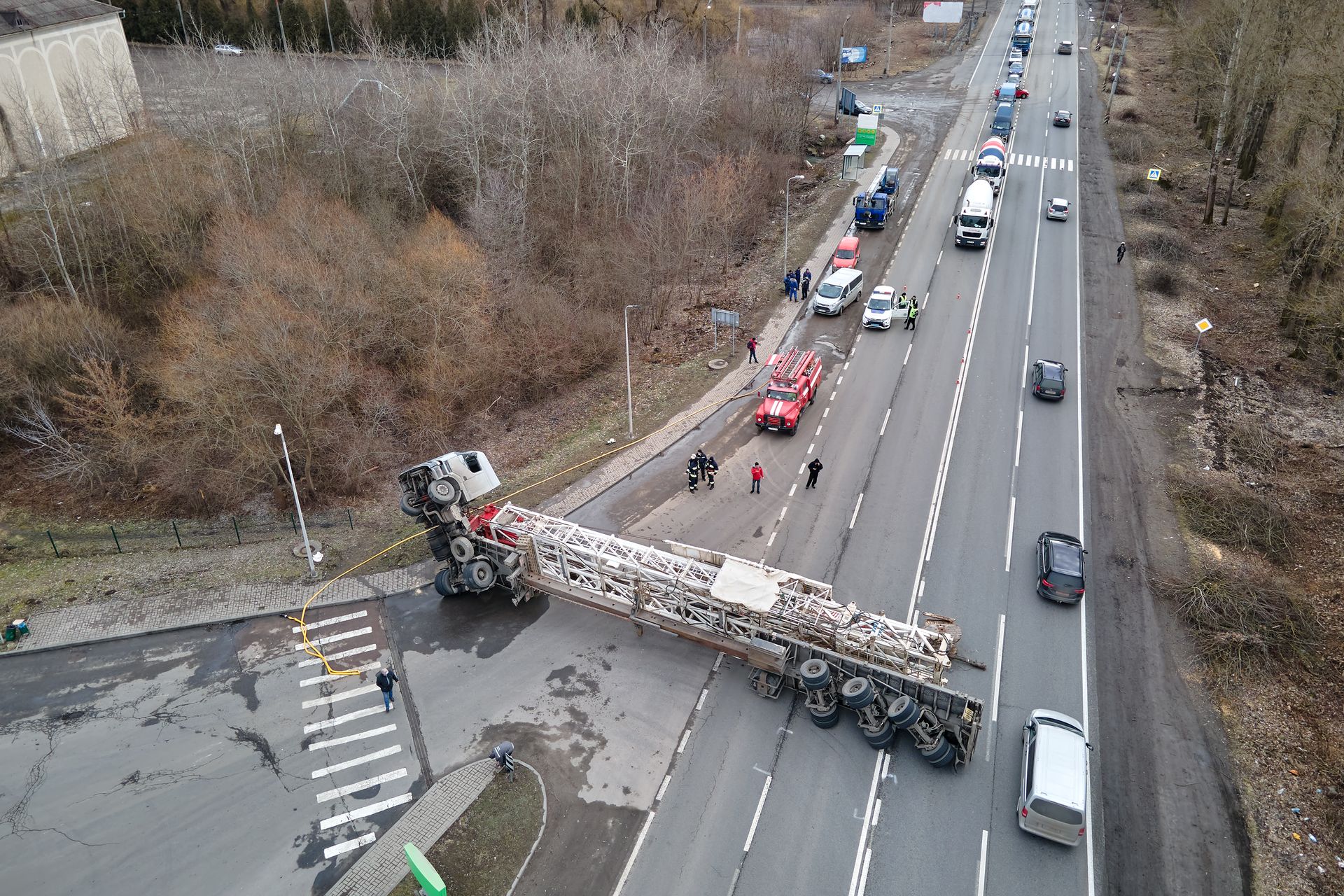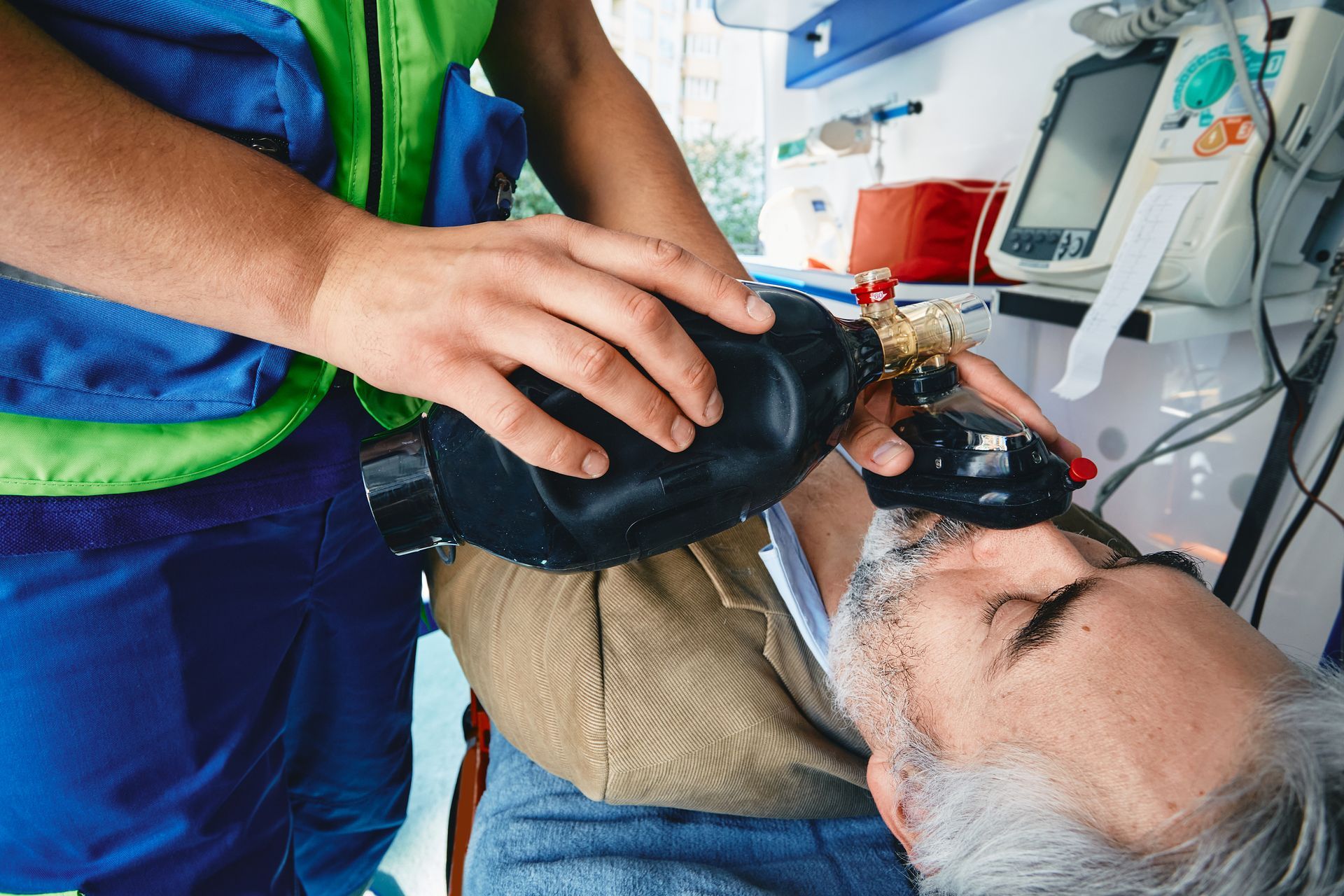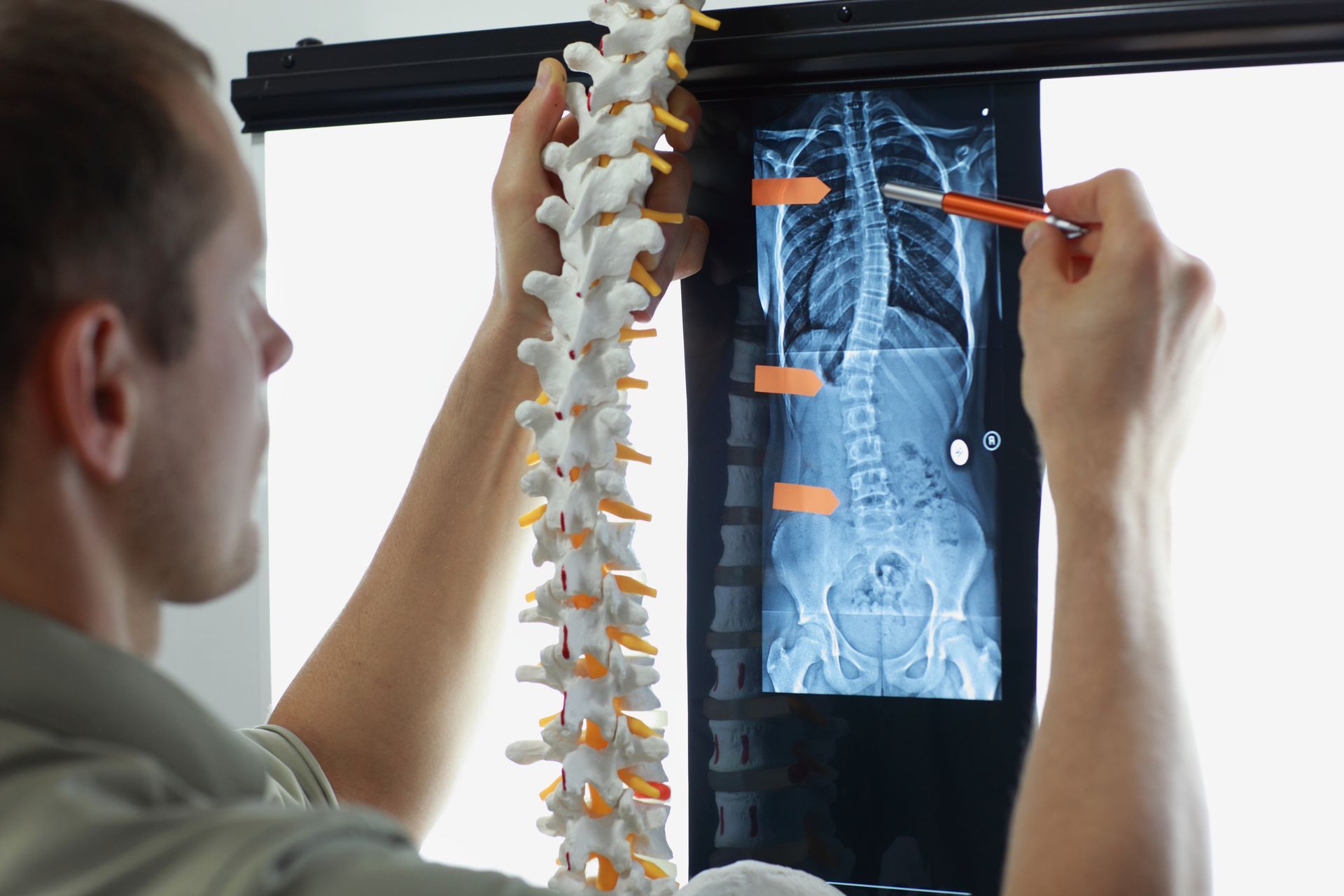Wisconsin Arm Injury Attorney
Arm Injury Attorney Milwaukee, Wisconsin
– The human Arm is an incredibly complex part of the human body consisting of several bones, ligaments, tendons, joints, muscles, arteries, veins, nerves and blood vessels, all susceptible to injury from trauma.
While we have offices in Milwaukee and Madison, we handle arm injury cases that happen throughout Wisconsin.
Bones of the Arm
Types of Fractures of the Arm
All
Arm Fractures
are either
Complete Arm Fractures
or
Incomplete Arm Fractures
. A
Complete Arm Fracture
means that the bone is cracked all of the way through the bone. An
Incomplete Arm Fracture
simply means the crack of the bone does not go all of the way through the bone.
All Arm Fractures are also either Simple Arm Fractures or Compound Arm Fractures. A Simple Arm Fracture means the Fractured Bone does not pierce the skin and protrude. A Compound Arm Fracture means the cracked bone has pierced the skin and protrudes out of the skin.
Arm Fractures can also be described as follows:
- Spiral Fracture
– a fracture of a bone where at least part of the bone is twisted
- Comminuted Fracture
– a fracture where the bone has broken into a number of pieces
- Transverse Fracture
– fracture that is at a right angle to the longest part of the bone
- Greenstick Fracture
– a fracture on only one side of the bone – most common in children
Treatment for a Broken Arm
While uncomplicated Arm Fractures
can be treated by Reduction
(putting the bone back in place), Casting
(putting a cast over the broken bone or entire arm) and Immobilization
(using a sling or other device to prevent movement) of the Arm. Surgery is often necessary to repair more serious Arm Fractures. Oftentimes, metal plates and screws are utilized during surgery to increase stabilization to the Broken Arm. An Open Reduction
with Internal Fixation
means the site of the injury is opened by a surgeon, who then puts the bone back in place, removes any identifiable bone fragments and then installs a metal plate and screws to repair the Fracture.
Prognosis for a Broken Arm
The severity and type of the Arm Fracture
will determine the ultimate prognosis for an Arm Fracture. It is not uncommon for Humerus Fractures to heal without any long term residual pain or limitation in range of motion. While Radial Fractures
and Ulna Fractures
commonly result in some type of permanent impairment of the affected limb, oftentimes with accompanying pain, limitation in range of motion and functional loss.
Ankle Muscle, Tendon and Ligament Injuries
The
Arm
consists of a complex network of ligaments, tendons, joints, muscles, arteries, veins, nerves and blood vessels.
The following injuries are all common injuries to the Arm:
- Sprain
– a stretch or tear to one or more of the arm ligaments (fibers connecting one bone to another)
- Strain
– a stretch or tear to the arm muscles or arm tendons (fibers connecting the muscles to the bones)
- Rupture
– a complete tear of an arm ligament, arm tendon or arm muscle
Sprains and Strains
are classified in order of severity as follows:
- Grade I Sprain or Strain
- Grade II Sprain or Strain
- Grade III Sprain or Strain
It is important to keep in mind that Sprains
and Strains
are stretches or tears of the Arm Ligaments, Arm Tendons
or Arm Muscles. While many Sprains and Strains
do heal with time, they may not heal completely. While the tears may be microscopic and may not visible on current imaging techniques such as MRI, this does not mean that Sprains and Strains
cannot result in serious and severe pain and permanent impairment.
Treatment of Arm Muscle, Tendon and Ligament Injuries
The treatment of an Arm Injury is largely dependent on the specific injury sustained. The different types of treatment can include the following:
- Immobilization
- Physical Therapy
- Massage Therapy
- Ultrasound
- Corticosteriod Injections
- Pain Medication and Muscle Relaxants
- Surgery
Contact an Experienced Wisconsin Arm Injury Attorney
Each year innocent victims suffer
Wisconsin Arm Injuries
as a result of the carelessness of another. It is critical that
Arm Injury
victims have an attorney that understands Arm Injuries and the potential ongoing problems that can result from
Arm Fractures
and
Arm Muscle,
Arm Tendon
and
Arm Ligament Injuries.



